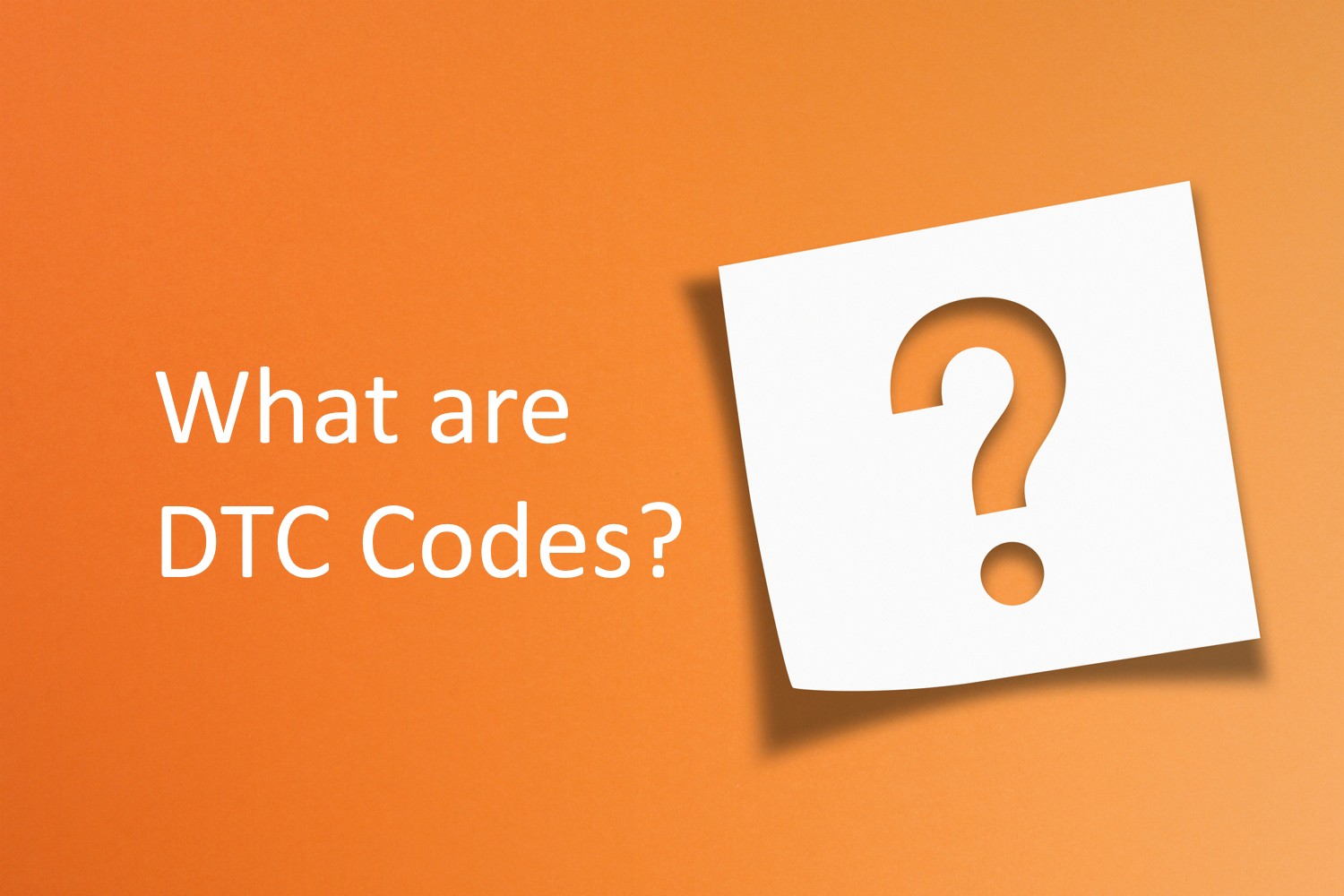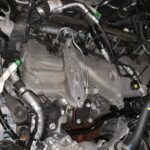Ever seen that ominous “Check Engine” light illuminate on your car’s dashboard? This warning light is your vehicle’s way of communicating that something isn’t quite right. Often, this communication comes in the form of a DTC, or Diagnostic Trouble Code. But what exactly is a DTC in a car, and how can understanding it help you keep your vehicle running smoothly? Let’s break down the basics.
Diagnostic Trouble Codes (DTCs), sometimes also referred to as fault codes, are codes that your vehicle’s onboard computer system generates when it detects a problem. Modern vehicles are equipped with an On-Board Diagnostics (OBD) system, which constantly monitors various sensors and systems within your car. When this system detects a malfunction or a reading outside of the normal parameters, it registers a DTC. These codes are essentially a standardized language that helps mechanics and car owners pinpoint potential issues within the vehicle.
DTC codes are typically five characters long, a combination of letters and numbers, each component holding specific meaning:
- The first character is always a letter, indicating the primary system affected. For example, “P” stands for Powertrain (engine and transmission), “C” for Chassis (braking and suspension systems), “B” for Body (interior and exterior electronic components), and “U” for Network & Vehicle Integration (communication networks).
- The second character is a digit, either “0” or “1”. “0” signifies a generic, or standardized, code defined by the Society of Automotive Engineers (SAE). “1” indicates a manufacturer-specific code, meaning it’s a code unique to a particular car manufacturer.
- The third character is also a digit, representing a more specific subsystem within the broader system indicated by the first letter. For instance, within the Powertrain (P) system, different numbers might denote issues with the fuel system, ignition system, or emission controls.
- The last two characters are alphanumeric, providing even finer detail about the specific fault.
 Understanding DTC Codes in Your Car
Understanding DTC Codes in Your Car
DTC codes were established by the SAE to standardize vehicle diagnostics, primarily to ensure compliance with increasingly stringent vehicle emission regulations. When a vehicle’s OBD system identifies an issue that could affect emissions or vehicle performance, it logs the corresponding DTC. This triggers the Check Engine Light or malfunction indicator light to alert the driver.
Understanding DTC codes is not just for professional mechanics. For car owners, knowing what DTC codes are and how to access them can be incredibly beneficial. It allows for:
- Early Problem Detection: DTCs can alert you to minor issues before they escalate into major, costly repairs. Addressing a problem early can save you money and prevent further damage.
- Informed Communication with Mechanics: Knowing the DTC code when you take your car to a mechanic can facilitate clearer communication and potentially faster diagnosis.
- DIY Diagnostics: For those who are comfortable with basic car maintenance, DTC codes, along with readily available OBD-II scanners, empower you to perform initial diagnostics yourself.
In fleet management and vehicle tracking, DTC codes play an even more crucial role. Modern telematics systems can integrate with a vehicle’s OBD system to remotely access and transmit DTC data in real-time. This allows fleet managers to:
- Proactively Monitor Vehicle Health: Receive instant alerts about potential issues within their fleet vehicles, without relying solely on driver reports.
- Optimize Maintenance Schedules: Plan maintenance based on actual vehicle needs indicated by DTCs, rather than just mileage or time intervals.
- Reduce Downtime: Address problems quickly, minimizing vehicle downtime and keeping operations running efficiently.
- Improve ROI: By preventing major breakdowns and optimizing vehicle maintenance, understanding and utilizing DTC data contributes to a better return on investment for fleet vehicles.
In conclusion, DTC codes are a vital part of modern vehicle diagnostics. They serve as a crucial communication tool, signaling potential problems and enabling timely interventions. Whether you are a car owner looking to stay informed about your vehicle’s health or a fleet manager aiming to optimize operations, understanding “What Is Dtc In Car” and how to utilize this information is essential for efficient vehicle maintenance and management.
